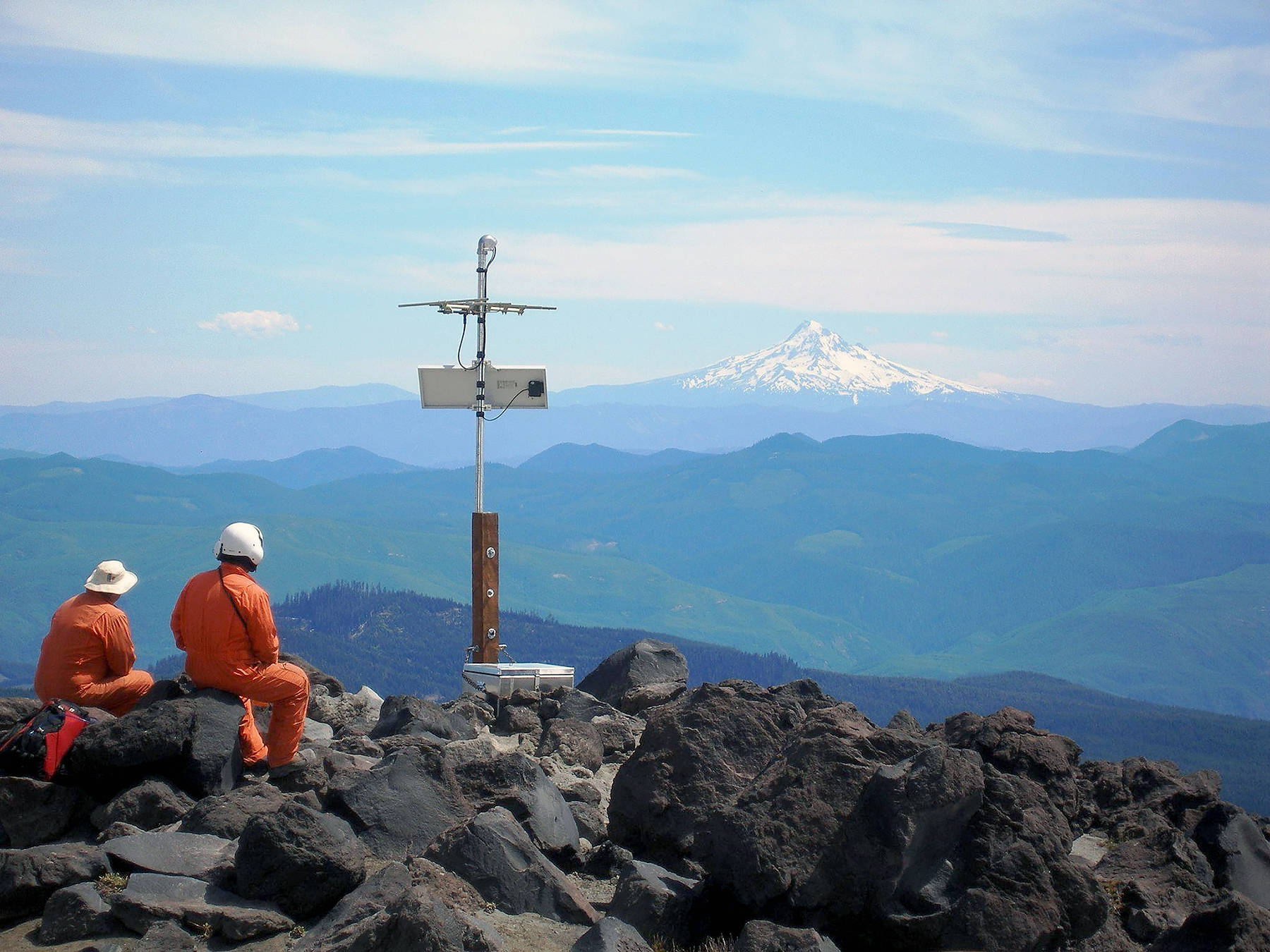By Laurel Demkovich / The Spokesman-Review
Washington will soon have an earthquake warning system that alerts residents before shaking even occurs.
ShakeAlert could give residents and state agencies “critical” seconds to prepare for an incoming earthquake. Beginning in May, Washington will roll out the system, which will alert residents and automatically prepare critical infrastructure for incoming shaking. Oregon’s system will be available in March, and California’s has been operating since 2019.
“Those critical few seconds could mean the difference between taking a week to recover and six months to recover,” U.S. Geological Survey staff scientist Robert de Groot said.
The USGS has been working on this system since 2006, starting by looking at how to move information on current earthquakes from the field quickly, de Groot said. It has evolved into an advanced algorithm that creates a data package to deliver alerts to residents and trigger computer systems to prepare critical infrastructure.
Seismic monitors spread out across the West Coast are the first to detect waves from an earthquake. USGS, in partnership with universities, has 1,132 seismic monitoring systems in California, Oregon and Washington. Eventually, 1,700 will be spread out across the three states. Currently, there are no plans to expand the system outside of the three states, de Groot said.
As soon as the monitors pick up the waves, the sensors transmit the location, size and estimated shaking to a ShakeAlert processing center. If it is past a certain magnitude threshold, a ShakeAlert message is issued to a delivery partner who then sends out the alert to residents. The public will only get alerts for 4.5-magnitude quakes or higher, said Gabriel Lotto, ShakeAlert engagement facilitator at the Pacific Northwest Seismic Network. Part of the University of Washington and University of Oregon, the network operates the seismic monitors in Oregon and Washington.
The alerts will go out to residents within seconds of the first wave, de Groot said. Based on tests done in California, the average time between the beginning of the quake to the moment a phone got an alert was 8 seconds.
“That’s pretty fast when you think about all that has to happen in between,” de Groot said.
That alert likely comes a few seconds before the initial shaking does — unless someone is very close to the monitor that picks up the first wave. If someone is close to the first sensor, the ground may shake at the same time they receive an alert, Lotto said.
Not every alert will have information about the size of the quake, so if they receive one, residents should always plan to drop, cover and hold on.
When the program rolls out to the entire state in May, users who have emergency alerts, such as AMBER alerts, enabled on their phones will get them. For an iPhone, check your settings to be sure you receive emergency alerts. Android users are automatically opted in, said Maximilian Dixon, geological hazards supervisor at the Washington Emergency Management Division.
Although the east side of the state is not as susceptible to large quakes, Dixon said everyone in the state should set up these emergency alerts. Anyone traveling to the West Side, Oregon or California could benefit from the alerts if a quake hits.
Businesses, schools and state agencies have partnered with ShakeAlert to create automated systems. For example, once an earthquake is sensed, a computer system can automatically slow down trains, close valves of water supply and announce the alert in a school’s PA system.
These partner companies and agencies can decide at what magnitude they want to receive an alert and when automated precautions should go into place.
Before it rolls out statewide, Washington will test it at 11 a.m. on Feb. 25 in King, Pierce and Thurston counties. To take part in the test, residents of the area, or those traveling to and from, need to opt in. To do so, visit mil.wa.gov/alerts to learn how to make sure you’re included. The opt in process is different for Apple and Android users.
In the continental U.S., Washington is one of the states most susceptible to earthquakes. Since 1870, there have been 15 large earthquakes in the state, according to the Department of Natural Resources. Most of the populated areas of the state have a 40% to 80% chance of experiencing an earthquake in the next 50 years, although the West Side faces more of a threat.
The Pacific Northwest also faces what could be a catastrophic 8- or 9-magnitude quake from the Cascadia subduction zone, although when that will happen is unknown. The last rupture occurred more than 300 years ago.
Although many people worry about “the big one,” Lotto said smaller earthquakes do still happen in the state, and they can cause even more damage.
While it’s ready to be rolled out, the alert system is still a work in progress, de Groot said. The alerts are still being tested, and about 30% of the seismic monitoring stations are still being built. The goal is to have them completed by 2025.
Still, this technology could give residents seconds to prepare, which “means more than you might think,” Lotto said. Most of the time when people are injured in earthquakes, Lotto said, it’s from falling objects or walls. Those early seconds could be enough to get ready, he said.
“Right now, if there’s an earthquake, the only signal you have is the shaking,” de Groot said.
But it’s just another tool, de Groot said. Everyone should still have a disaster bag, take part in shakeout drills and prepare to drop, cover and hold on when an earthquake hits.
Laurel Demkovich’s reporting for The Spokesman-Review is funded in part by Report for America and by members of the Spokane community.
Talk to us
> Give us your news tips.
> Send us a letter to the editor.
> More Herald contact information.

























